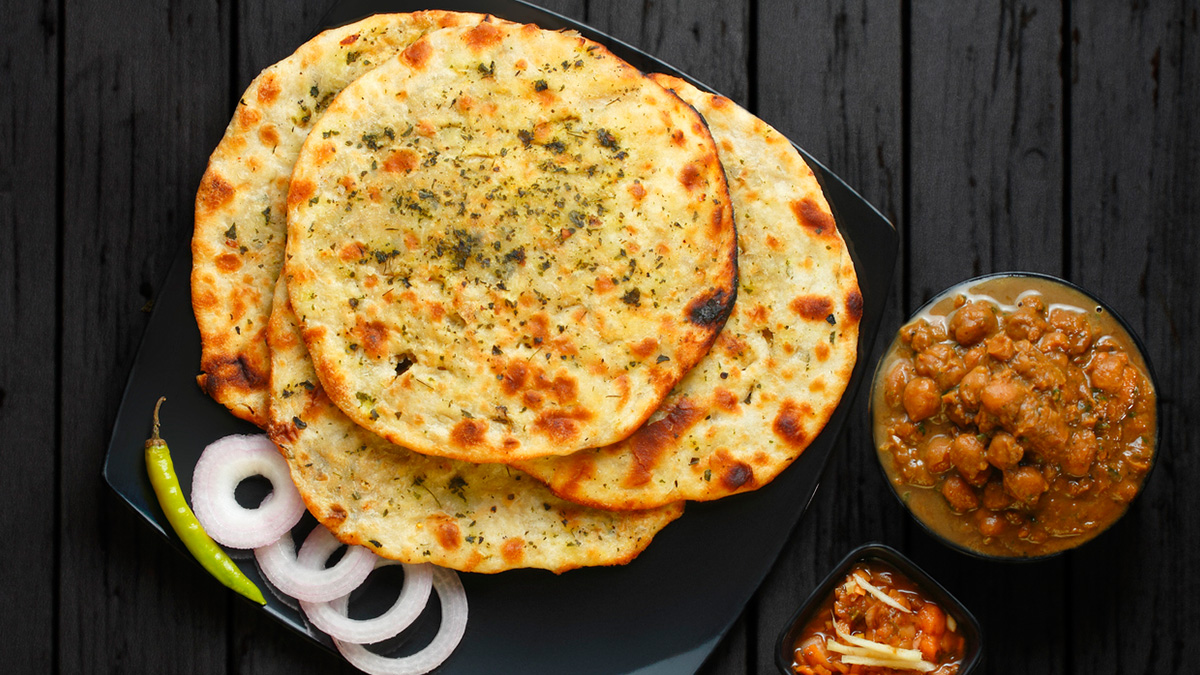Let us agree, most of us have done it! We take out a packet of frozen meat and leave it on the kitchen counter for hours to thaw before cooking it for dinner. Seems harmless, right? But did you know that this standard cooking practice can be a recipe for disaster? While defrosting meat on the counter might seem convenient, it lays the ground for harmful bacteria to grow and negatively affect our health, state major food safety organisations, including the World Health Organisation (WHO) and the U.S. Food and Drug Administration (FDA). What's worse is the fact that you can't revive the nutrition of the meat even after cooking it at high temperatures. Confused about what to do instead? Fret not, we are here to help you.
In this article, we'll explain why this common kitchen practice is considered risky and explore safer alternatives for thawing meat without compromising on taste.
Also Read:Safe Kitchen Practice: 5 Thumb Rules To Keep Your Kitchen Clean And Hygienic
Why Defrosting At Room Temperature Is A Risky Idea? Why Should You Not Thaw Meat At Room Temperature?
1. It leads to bacterial growth:
When the meat is left to defrost at room temperature, the outer layers quickly warm up, hitting what is known as the 'danger zone' - a temperature warmer than 40 degrees Fahrenheit. According to WebMD, leaving food in the mentioned temperature for more than two hours can lead to rapid growth of bacteria. The Centers for Disease Control and Prevention (CDC) explains that harmful bacteria such as Salmonella, Escherichia coli (E. coli), and Listeria monocytogenes can double in just 20 minutes. These germs further produce toxins, which may lead to weak immunity and food poisoning with symptoms like fever, nausea, vomiting, diarrhoea and more. This is exactly why the United States Department of Agriculture (USDA) advises against leaving perishable foods, including raw meat, out at room temperature for more than two hours
2. You get unevenly thawed meat:
When you thaw meat at room temperature, especially the larger cuts, you will find the outer layer defrosts faster than the inner layer. This not only makes the food enter the 'danger zone' but also thaws it unevenly. Uneven thawing also impacts the taste and texture of the meat. While cooking, you could end up with dry meat, overcooked edges and a raw or rubbery center. This is why cooking experts recommend even thawing to absorb the seasoning better and make the meat tender and juicy.
Also Read: Eat Meat The Right Way! 5 Golden Rules To Remember While Handling Meat

Photo Credit: Pexels
How To Understand If The Meat Is Spoiled? What Are The Common Signs Of Spoiled Meat?
1. Smell:
Always sniff the meat before starting the cooking process. The spoiled ones often have a strong, funky odour. Fresh meat never has an unpleasant sour-y smell.
2. Colour:
While slight discolouration is normal due to the meat's exposure to air, you must look for its consistency. Grey and dull hues, patchy colouring and spots are the warning signs for bacterial growth in the meat.
3. Texture:
Always run your fingers over the surface of the meat and feel the skin. Firm and moist meat is good to go, but if it is sticky and slimy, then understand that harmful bacteria have started to grow.
4. Expiry Date:
This is especially applicable for packaged meat. Always check the date of expiration before you plan to thaw and cook it. Always remember, when in doubt, throw it out!
Is It Safe To Refreeze Thawed Meat?
According to the USDA advice, you can safely refreeze defrosted meat without cooking, although there might be a loss of its quality. And if the food is previously cooked, you can re-freeze the unused portion. The organization further states that all this will be possible only when you handle and defrost the meat properly, before refreezing it.
Also Read: Kitchen Tips: 5 Mistakes We Must Avoid While Storing Food In Refrigerator
What Are The Safe Methods To Defrost Meat? What Are The Best Thawing Methods?
1. The Refrigeration Method:
Plan your meals and transfer the frozen meat from the freezer to the other section of the refrigerator. As per WebMD, this method takes somewhere between a few hours to overnight but is safest. Make sure the meat is below 40 degrees Fahrenheit the entire time. We also suggest storing it on the bottom-most shelf to avoid the risks of cross-contamination.
2. The Cold-Water Method:
For the ones looking for shortcuts, you can place the meat in a leak-proof bag and run it under cold water or submerge it in a bowl of water at a regular temperature. According to WebMD, you must make sure to change the water every 30 minutes. This way, you can thaw a packet of meat in an hour or two (depending on the size and portion).
3. The Microwave Method:
Most of the microwave ovens have a 'defrost' setting. This method is safe, quick and popular among people who have a time crunch. But as per WebMD, this method doesn't always defrost the meat evenly and somewhat cooks the outer layer. So, if you are planning to defrost meat in a microwave oven, make sure to cook it immediately.
The Bottom Line
We love freshly cooked quick meals on the dining table, but compromising on food safety is not worth the risk. So, we suggest planning your meals and doing the preparation accordingly to keep your food safe and nutritious.
About Somdatta SahaExplorer- this is what Somdatta likes to call herself. Be it in terms of food, people or places, all she craves for is to know the unknown. A simple aglio olio pasta or daal-chawal and a good movie can make her day.






